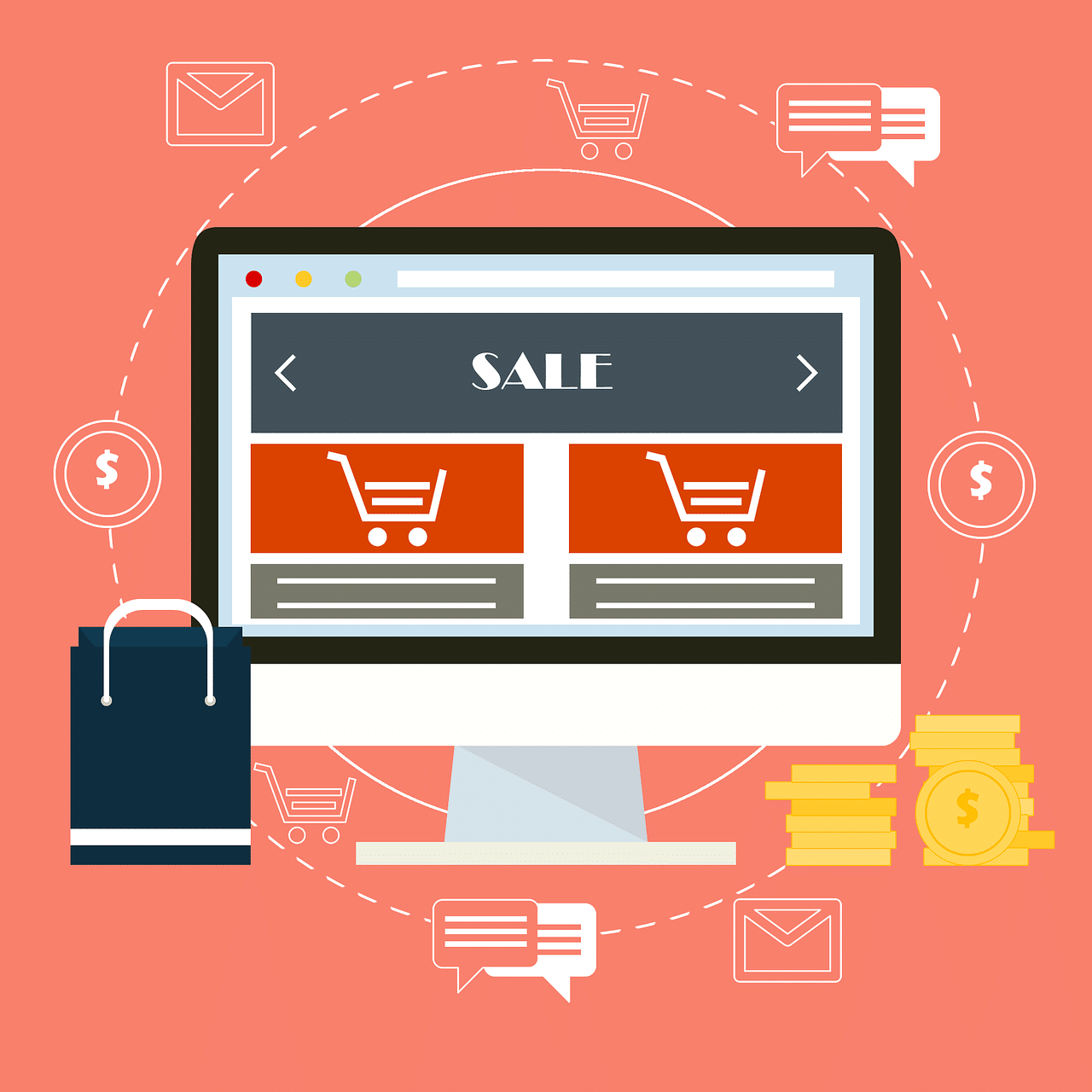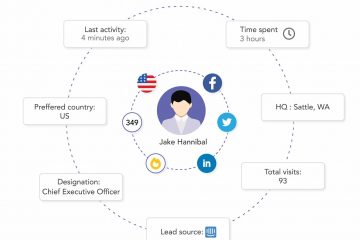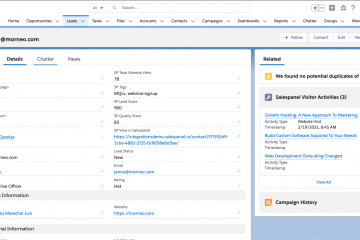How to Increase Conversion Rate Using Comparison Shopping Engines
Today’s consumers want to know they are getting the best deal possible. With so many products and services available at the click of a button, they need to know they are getting the best value for their money. That’s where comparison shopping engines come in. When used correctly, comparison shopping engines can be a powerful tool to increase conversion rates. In this blog post, we will go over how to use comparison shopping engines to increase conversion rates.
What Is a Comparison Shopping Engine?
A comparison shopping engine is one of the many digital eCommerce solutions for marketers. It is a type of search engine that allows users to compare prices for products across a wide range of online and brick-and-mortar retailers. CSEs are often used to find the best deals on items like airfare, hotel rooms, and other travel-related purchases. However, they can also be used to find the lowest prices on electronics, apparel, and a variety of other goods and services.
CSEs typically work by crawling through hundreds or thousands of online stores in order to find the best deals on the products that users are interested in. This information is then presented to users in the form of a searchable database, allowing them to quickly and easily find the lowest prices.
While CSEs can be a valuable tool for finding discounts, it’s important to remember that not all CSEs are created equal. Some CSEs may only list a handful of retailers, while others may include dozens or even hundreds. It’s important to choose a CSE that includes a good selection of retailers in order to ensure the best possible chance of finding a great deal.
What Are Examples of Popular Comparison Shopping Engines?
One of the most popular CSEs is Google Shopping, which allows shoppers to search for products by keyword and then filter the results by price, merchant, or other criteria. Google Shopping also offers features such as product reviews and merchant ratings, making it a valuable resource for consumers.
Another popular CSE is Amazon’s Price Check, which allows shoppers to scan barcodes or take pictures of products to find the best prices from online and offline retailers. For those looking for even more options, sites like Bizrate and Shopzilla offer comprehensive listings of products and services from a variety of different vendors. These platforms work by allowing users to search for products, compare prices, and read reviews from other shoppers.
How to Use Comparison Shopping Engines to Increase Conversion Rates
Now that we’ve gone over what comparison search engines are and some of the most popular platforms, let’s take a look at how marketers use them to increase conversion rates.
Use a comparison search engine to research products
If you’re thinking about selling products online, a comparison search engine can be a valuable research tool. By entering a few relevant keywords, you can quickly get an overview of the different products available and their prices. This can help you to choose the right product to sell and set a competitive price.
A comparison search engine may also be able to help you to find suppliers for the products you’re interested in selling. Simply enter the name of the product you’re interested in, and the search engine will provide a list of suppliers. You can then contact these suppliers to get more information about their products and prices.
Select the appropriate comparison search engine
There are many different CSEs available, and each has its strengths and weaknesses. If you are new to comparison search engines or have a limited amount you can allocate to marketing, it is best to start with a free option such as Google Product Search.
Once you have gained experience with a free comparison search engine, you may want to decide whether it makes sense to invest in a paid one such as Amazon Products Ads or Shopzilla. Paid CSEs typically offer more features and higher visibility, but they also require a monthly fee.
Advantages of premium price comparison websites:
- Increased product exposure from reputable sources
- In-depth analytics dashboards
- Ability to customize your listings
- Keyword and competitor tracking
- Dedicated account managers
Drawbacks of paid price comparison listings:
- Potential restrictions on how to market to website visitors
- The need to continuously monitor your account to ensure maximum ROI
- Additional fees beyond the monthly price
If you are selling products that are not easily found on general CSEs like Google Shopping or Amazon, you may want to consider a specialty CSE. These engines focus on specific types of products, such as electronics or travel.
Some popular specialty CSEs include:
- PriceGrabber (electronics)
- Magellan Travel Shopping (travel)
- Nextag (comparison of local deals)
- NerdWallet (financial products)
For example, if you are selling electronic products, PriceGrabber is a CSE that you may want to consider. This platform offers product listings, merchant ratings, and product reviews to help shoppers find the best deals.
Similarly, a product marketer in the fintech space would want to take a look at NerdWallet, which is a CSE that informs users about financial products like credit cards, loans, and investments. Specialty CSEs can be a great way to increase conversion rates by connecting shoppers with the products they are interested in.
Optimize your data feed for the CSE you’re using
In order to list your products on a CSE, you will need to first create a data feed. This is a file that contains all of the relevant information about each of your products, such as the product name, price, and description.
Start by familiarizing yourself with the requirements of the CSE you’re using. Each CSE has its own specific requirements for the format and content of the data feed. Once you know what is required, you can begin collecting the necessary information about your products. After gathering the required information, you can use one of the many data feed creation tools available online to generate your file.
It’s critical to adhere to the CSE’s specific data requirements in order to maximize profits and continue to use their platform. Determine whether you can manage this on your own or whether you’ll need a virtual assistant to work on it with you.
Keep track of CSE updates and manage your program on a regular basis
To be successful with comparison search engine marketing, you need to keep track of updates from the various comparison search engines and manage your program on a regular basis.
This may seem challenging, but there are a few steps you can take to make it easier. First, create a system for tracking updates from the various CSEs. This can be as simple as setting up Google Alerts or subscribing to RSS feeds.
It is best if you also set aside time each week to review your program and make changes as needed. This will help you stay on top of the latest developments and ensure that your program is always up to date.
Finally, if you have any inquiries, feel free to contact the support staff of the search engine tool you are using. They will be more than happy to help you troubleshoot any issues you may be having as well as inform you of policy updates.
Optimize your website to turn visitors into customers
The best way to turn customers into buyers is to have an optimized website. When your customers click on your ad from the price comparison tool, they should be taken to a landing page that is relevant to their search and that compels them to buy from you.
Your website should be easy to navigate, with clear calls to action that make it easy for customers to find what they are looking for and make a purchase. In addition, your website should be mobile-friendly, as more and more people are using their smartphones to shop online. Here are some quick tips for optimizing your website:
- Use persuasive calls to action that encourage visitors to buy from you
- Make it easy for visitors to find what they are looking for with a high-quality user experience (UX)
- Ensure that your website is mobile-friendly
- Make sure your site loads quickly (under two seconds is “acceptable”)
- Use high-quality product images and videos and include alt text
- Include customer reviews and testimonials on your website
- Use website visitor tracking to understand how customers are using your site.
By following these tips, you can be sure that your website is optimized to turn visitors into buyers.
Continuously track your campaign to ensure its success
If you want to guarantee long-term success, you must continuously track every campaign metric. The most important metric to track is your cost per click (CPC). This will give you an indication of how much you’re spending on each click, and whether or not your campaign is profitable.
You should also track your click-through rate (CTR) and conversion rate. These two metrics will give you an idea of how effective your ads are at driving traffic and generating sales. You should also track your average order value (AOV), as this will give you an idea of how much revenue your campaign is generating.
Most importantly, you should track your return on ad spend. There are several different ways to calculate this metric, but the basic formula is simple: take the total revenue of your campaign, and divide it by your total ad spend. This will give you a clear picture of how much revenue you’re generating for every dollar you’re spending on ads.
By tracking ROAS, businesses can ensure that their campaigns are profitable and make adjustments as needed. While it can be challenging to calculate this, especially if you have multiple product listings, several online tools can help. Additionally, many digital marketing agencies like Goodway offer this tracking as part of their services.
Endnote
Comparison shopping engines are a powerful tool that businesses can use to increase traffic and sales. By following the tips in this blog post, you can be sure that your campaign is successful.
Sell more, understand your customers’ journey for free!
Sales and Marketing teams spend millions of dollars to bring visitors to your website. But do you track your customer’s journey? Do you know who buys and why?
Around 8% of your website traffic will sign up on your lead forms. What happens to the other 92% of your traffic? Can you identify your visiting accounts? Can you engage and retarget your qualified visitors even if they are not identified?






